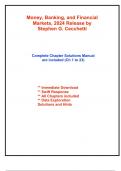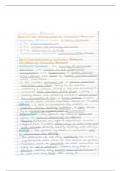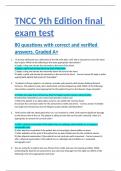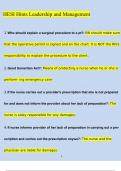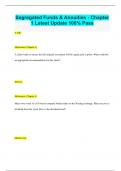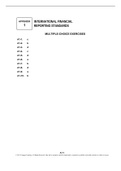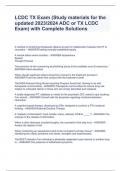Tentamen (uitwerkingen)
Solutions for Money, Banking, and Financial Markets, 2024 Release by Cecchetti (All Chapters included)
- Vak
- Instelling
Complete Solutions Manual for Money, Banking, and Financial Markets, 6e, 6th Edition, 2024 Evergreen Release by Stephen G. Cecchetti, Kermit L. Schoenholtz; ISBN13: 9781266544453...(Full Chapters are included and organized in reverse order from Chapter 23 to 1)...1. An Introduction to Money and the...
[Meer zien]
